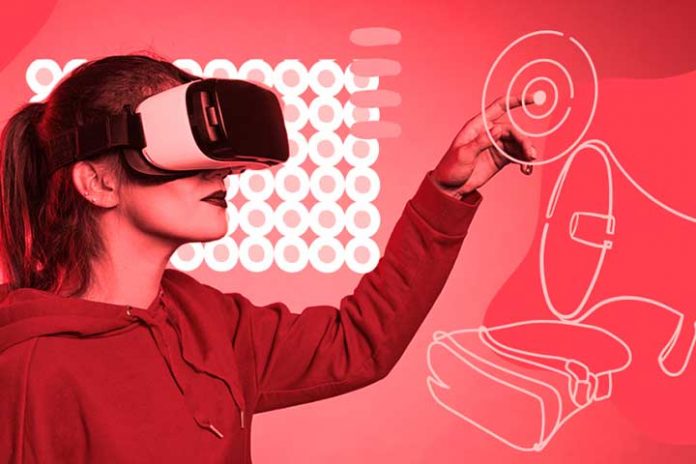Advertising has been in charge for many years of getting a message to a potential consumer to make a conversion in the short or long term, depending on the strategy. Creating new interaction environments offers new channels of communication with users who demand that we know the rules of the game and the methods to make our voices heard.
The new forms of advertising in the Metaverse
Just as on a website, we have different ways of reaching the consumer, PPC, SEO, and programmatic in the Metaverse, we distinguish up to six ways of reaching our virtual client. These forms are as follows:
Worlds and Sponsored Experiences
We are used to seeing concerts, games and events sponsored by a brand. Digital content is seeing how it can increasingly finance space to impact its viewers and a new form of advertising to reach its potential consumers.
Creating a specific experience in an existing world or creating your universe can be a long-term strategy for our brand that can bear its first fruits in the short term.
Demos of the physical product
Try our clothes on an avatar, combine clothes, see what a hair dryer looks like or interact with any interface. We can go from a more commercial and simplistic point of view to the more scientific world, recreating deformations, resistances and other product simulations. The approach and aesthetics will be influenced by the variables we usually work with, type of product, b2b or b2c, buyer personas, golden circle, display device…
In-PLACE advertising
It is one of the simplest examples, but we will see how it has turned around until it revolutionized one of the most traditional communication channels, such as television.
In-PLACE advertising consists of having different “placements” where advertisers can bid to appear in these spaces, depending on the player’s interests. A clear example would be in car games, the different advertisements on billboards, the cars themselves or the spare parts, workshops and logos that can be modified in the game.
The revolution has come when in the live broadcasts of different events, such as football matches, we can show a type of advertising depending on the channel that broadcasts it, controlling the demographic that sees us, we could refine the shot, but today technology allows us to play with these changes. Will we be able to change advertiser brands on t-shirts in the future? On the ball?
Limited Drops
Limited editions have always been a requirement for our most loyal followers, having a space to give them visibility, create an experience, promote visual resources… It opens up an exciting horizon for us. We don’t necessarily have to talk about the product; we can approach the world of services and training. Different museums already have these experiences, with limited collections that they virtualize not only to publicize but also to preserve their heritage and study its conservation.
NFTs: ownership and rewards
In this aspect, we are no longer talking about temporary exclusivity or capacity; we are dealing with the digital property of our virtual element. We achieve this thanks to NFTs and BlockChain technology. Which provides a layer of security to the Metaverse that reassures the most cautious, in the same way, centralizes the core of web 3.0
An NFT is a non-fungible token which is associated with a blockchain. A digital contract ensures our ownership, authenticity and traceability of the item.
Being able to reward our users with this innovation allows us to build loyalty, gamify and manage our traffic in an unprecedented way.
AR expanded marketing
Augmented reality is a clear example of applicability, a technology involved in the revolution with the Metaverse, this being a purchase accelerator, a WOW in our product and a functional tool. It allows us to add extra, fictional layers of reality to the reality we see with a given interface. We would discuss games like Pokémon Go to give a more functional example. We could talk about the different success stories the automotive industry has created, proving to speed up the purchasing process. To see examples, it will be enough to search for any commercial brand of vehicles and a VR or AR technology we want to investigate. The cases are very numerous.
This expanded reality marketing can be taken to the streets, stay inside stores or dealerships or in a more transversal way; we can incorporate it into the physical product and show it whenever it is present.
The Metaverse grows by leaps and bounds in a parallel reality that is part of ours. Digital marketing strategies must not only consider possible future campaigns in this area but launch into an environment where millions of people already meet.

